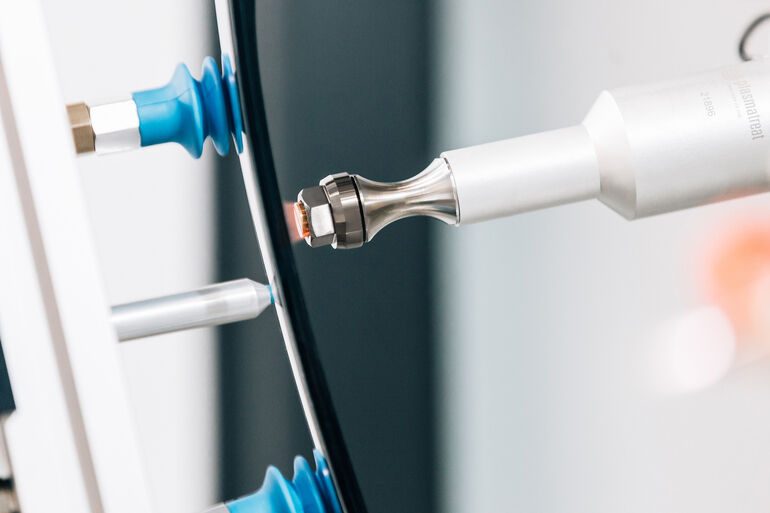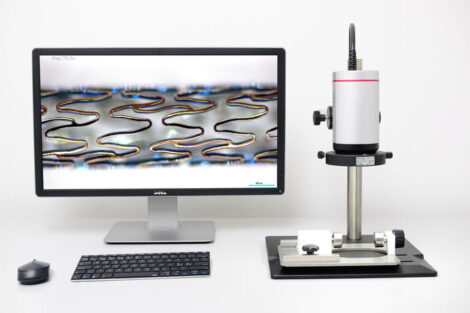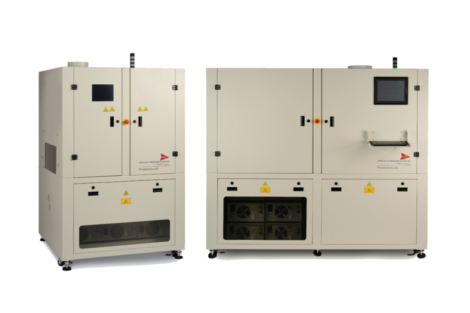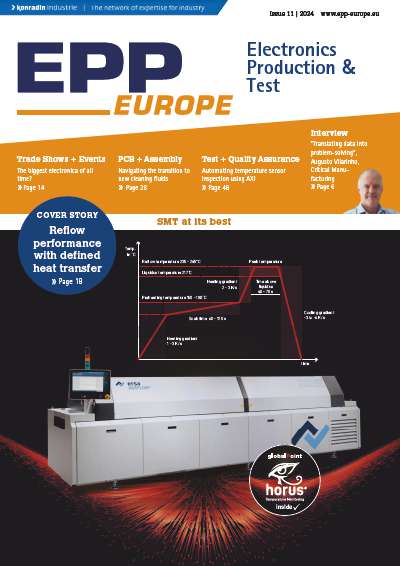Developer of atmospheric plasma systems for the pretreatment of substrate surfaces Plasmatreat says its dry surface treatment with Openair-Plasma, which can be carried out in a fully automated process, can eliminate the need for pretreatment with chemical primers and thus reduce emissions of VOCs (volatile organic compounds) during production, as well as offering advantages in terms of energy consumption.
Environmentally friendly and energy-saving technologies are more in demand than ever in times of limited resources, rapidly rising energy prices and impending climate collapse. Companies are facing major challenges to minimize their nitrogen oxide and CO2 emissions as well as their energy consumption. Surface treatment with plasma improves adhesion in many industrial applications, such as bonding, painting, printing or gasketing different materials. In addition, plasma is the first choice when it comes to environmental protection and energy saving.
Plasma replaces harmful primers
Chemical adhesion promoters (primers) are often used to improve the adhesion of various materials in industrial processes. Primers consist of 90–98 percent solvents, for which highly volatile hydrocarbons are used. In addition, their production is very energy-intensive. And: CO2 is produced during the use of primers and the (post-)combustion of the solvent. Plasmatreat offers a cost-effective, environmentally friendly and energy-efficient alternative: dry surface treatment with Openair-Plasma, which can be carried out in a fully automated process. Here, the activation and fine cleaning of various surfaces prior to bonding, coating, painting or gasketing can eliminate the need for additional pretreatment with chemical primers. Subsequently, the use of modern solvent-free or even water-based adhesives, paints and varnishes is possible. This significantly reduces emissions of VOCs (volatile organic compounds) during production. Openair plasma also offers significant advantages in terms of energy consumption: A rotating nozzle used for plasma application requires only a minimum of electrical energy and, when operated with green electricity, produces no CO2 emissions.
Plasma as an alternative to flame treatment
Surface pretreatment by flame treatment, also used for activation, e.g. for improved bonding processes, is usually carried out with propane or methane gas. As with any combustion of organic substances, this produces a high level of CO2 emissions. In plasma technology, the nozzles for the open-air plasma application are operated with electricity and compressed air, in contrast to flame impingement. If renewable energy is used for this purpose, plasma treatment even takes place in a completely CO2-neutral manner. Plasma also enables completely new production processes. A plasma-activated surface enables optimum adhesion of UV-based printing inks, so that users can dispense with previously required, energy-intensive ink drying sections.
Substitution of expensive, energy-intensive plastics
The production of plastics is an energy-intensive process that consumes many resources. Growing raw material prices, increasing quality demands and the striving for more sustainability require new technologies in the processing of the valuable material. Here, too, plasma technology provides effective support. Openair plasma can be used to specifically modify the surface of plastics in order to improve the adhesive strength of adhesives and coatings in industrial applications and even to join together materials that were originally incompatible. Users thus benefit from an expanded choice of materials. For example, cost-intensive engineering plastics can be replaced by less expensive plastics, while saving energy at the same time. Current applications from the company‘s portfolio show that, for example, the use of low-cost polypropylene (PP) as a substitute for acrylonitrile butadine styrene (ABS) not only reduces material costs but also energy consumption, as the plastic can be produced using significantly less energy.
“Resource-conserving, energy-saving and clean – these properties make plasma technology a contemporary alternative in many industrial processes,” said Dr. Alexander Knospe, Head of Innovations at the company. “We provide comprehensive advice on all possible applications and, with our global network of subsidiaries and partners, take care of our customers, their processes and challenges.”












